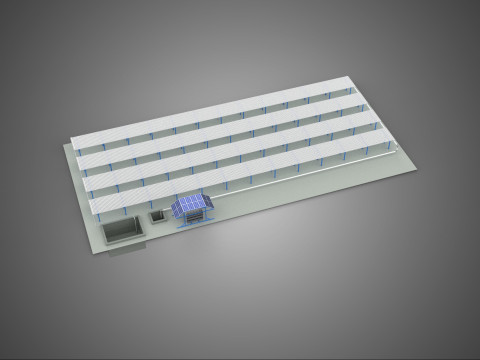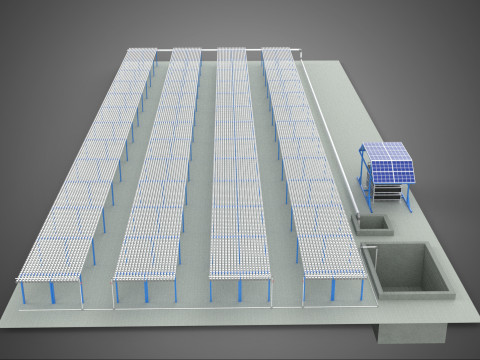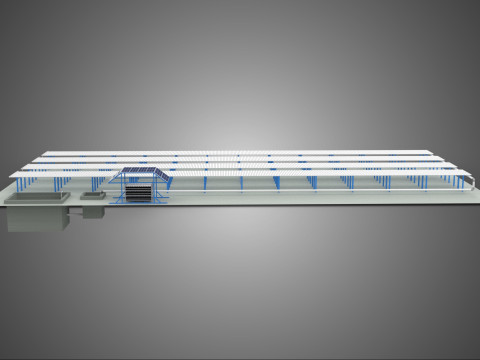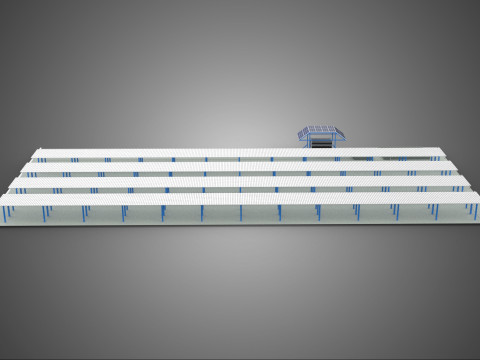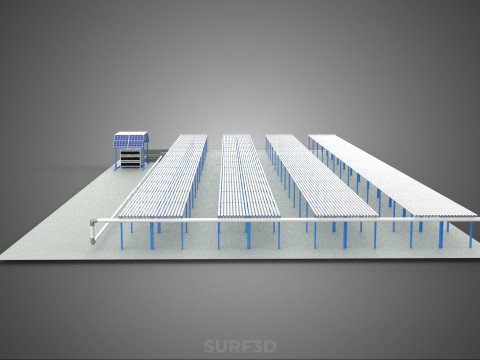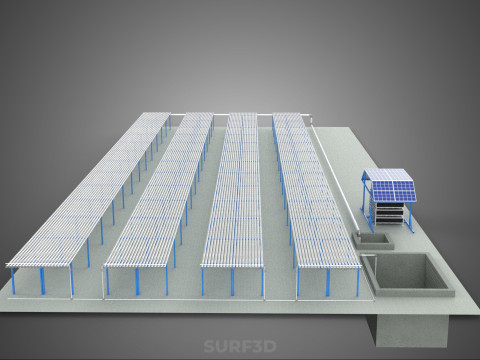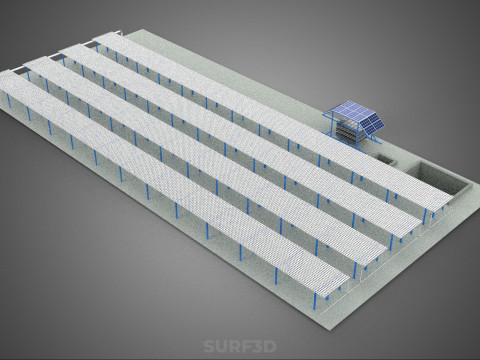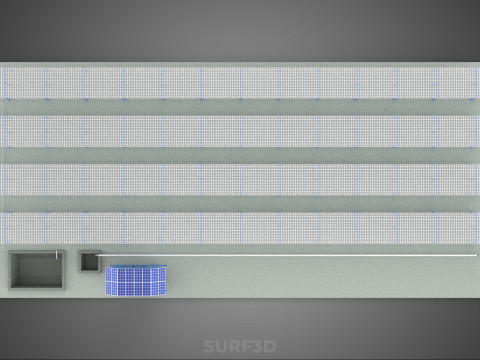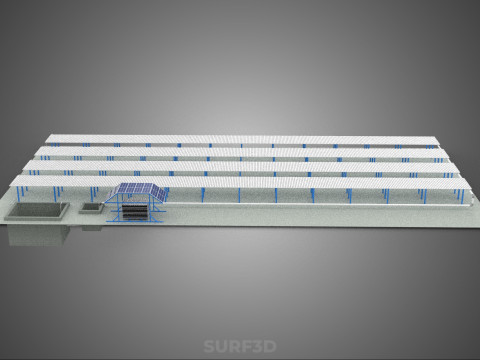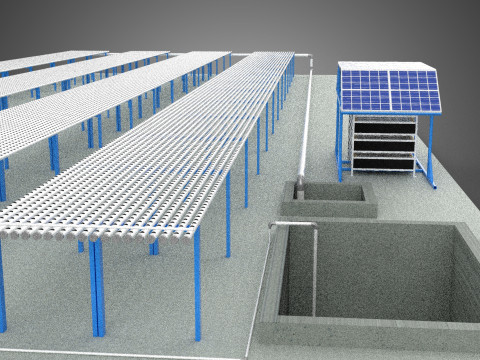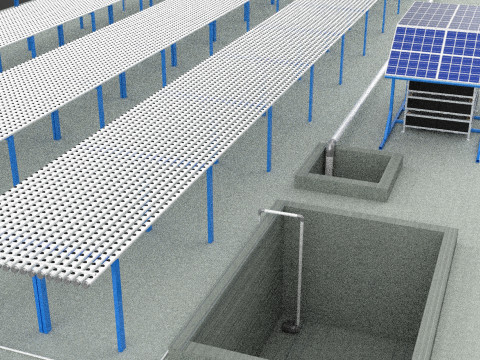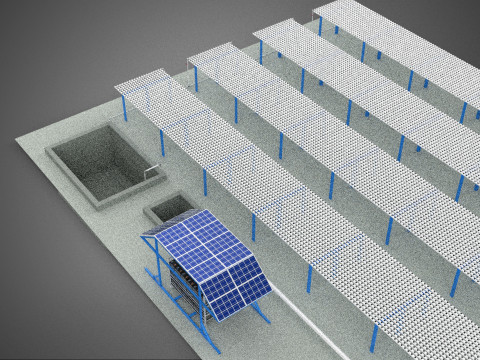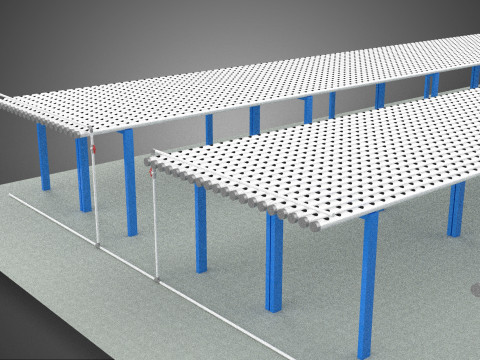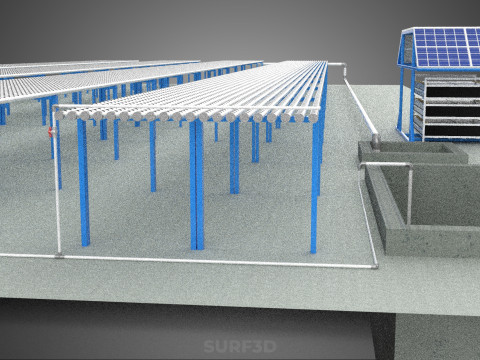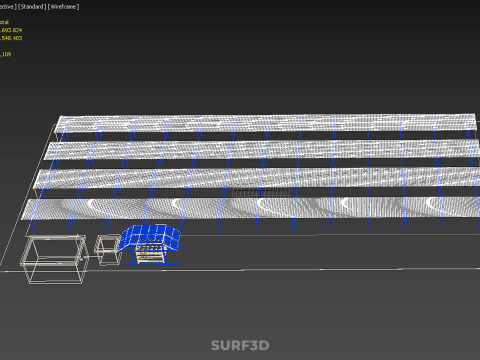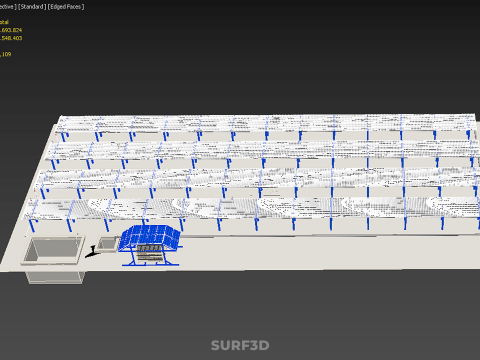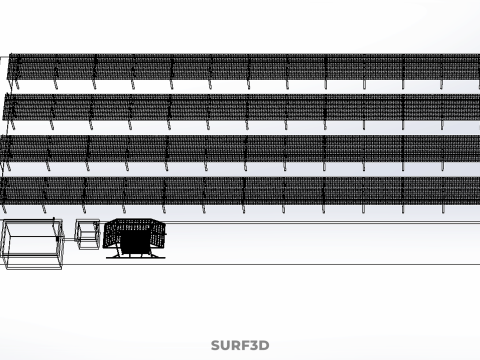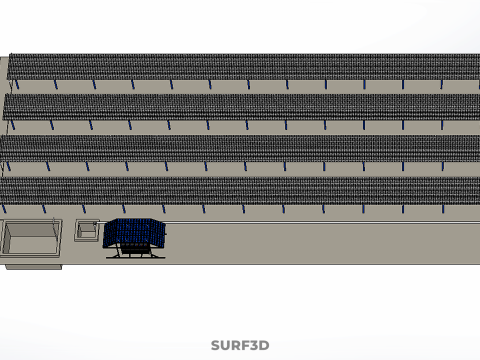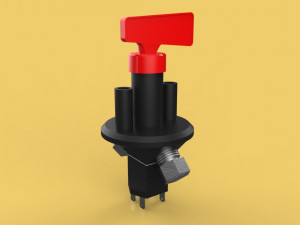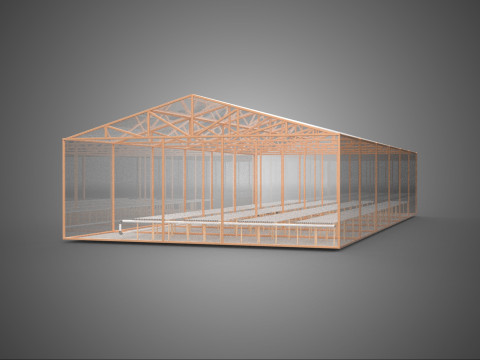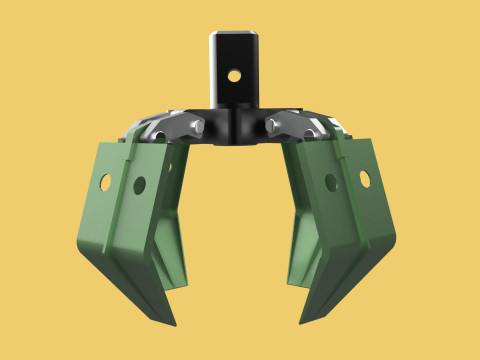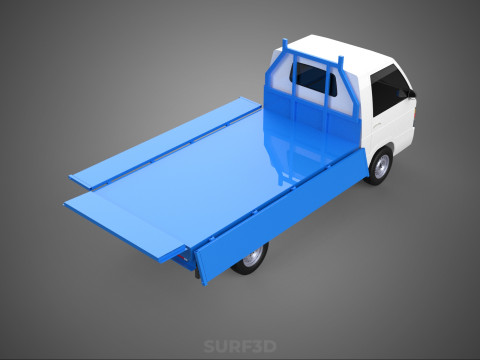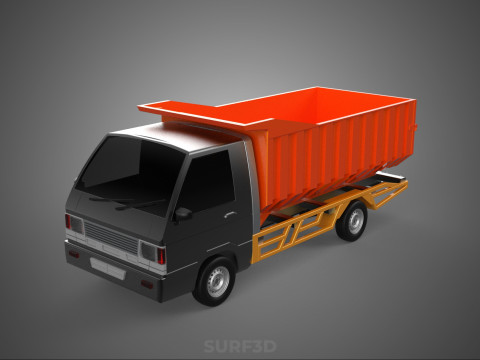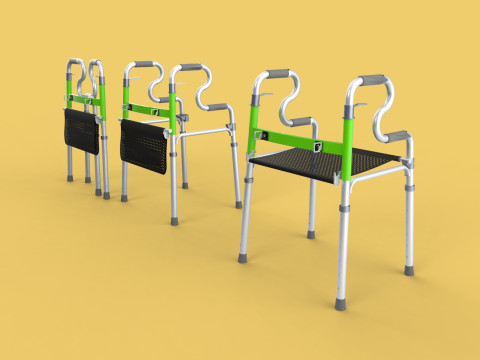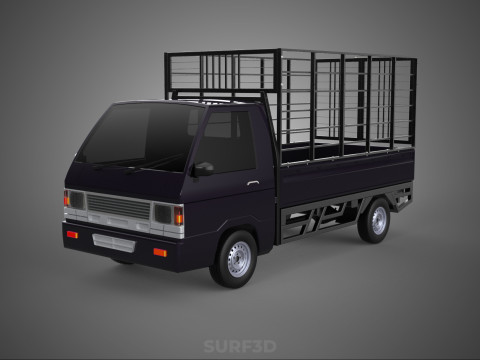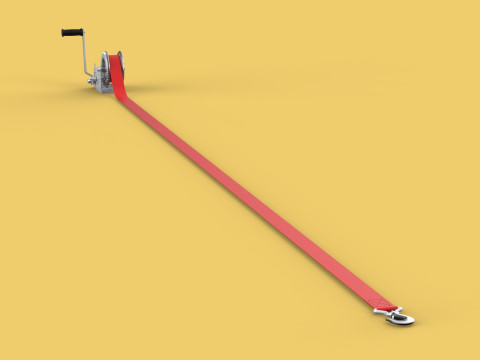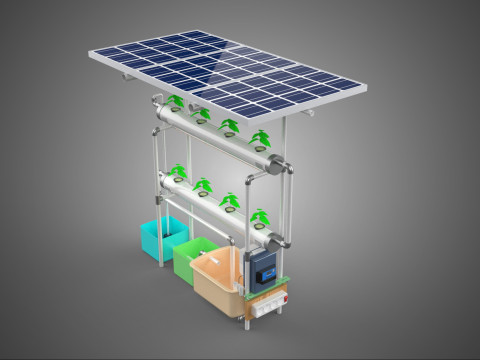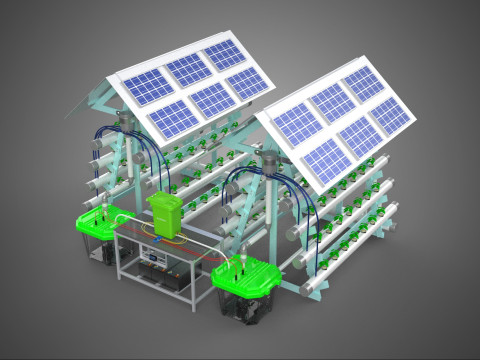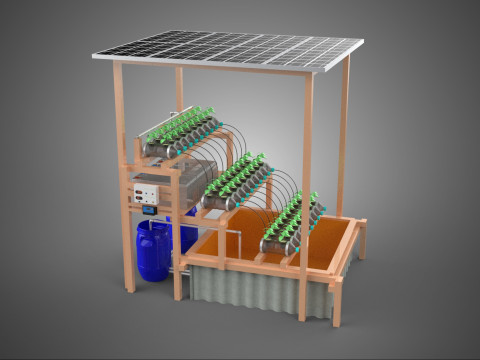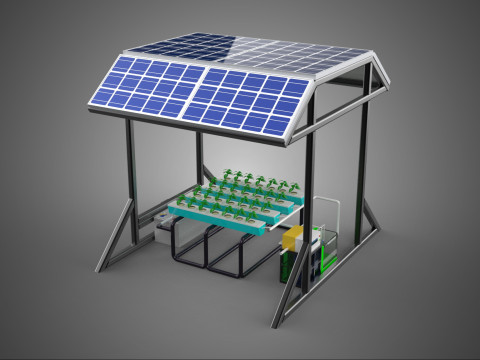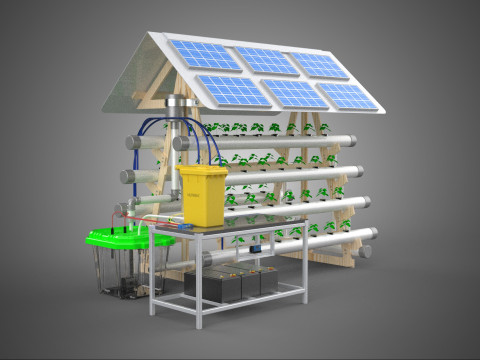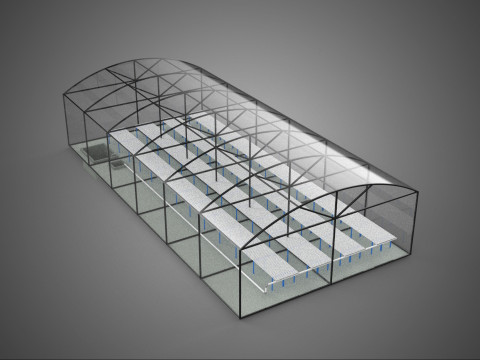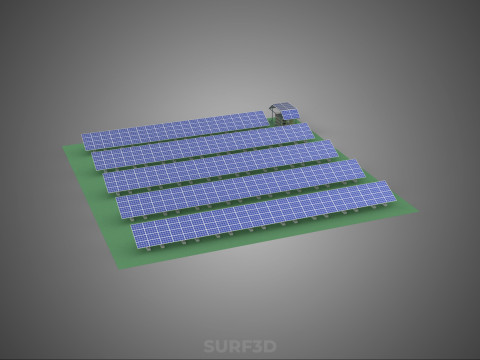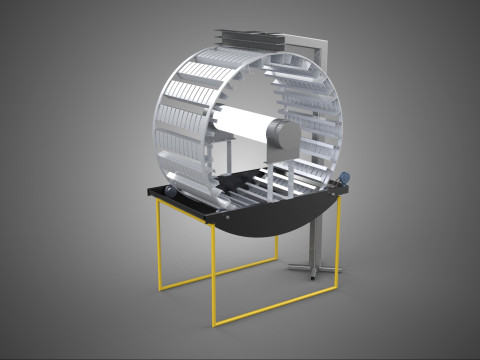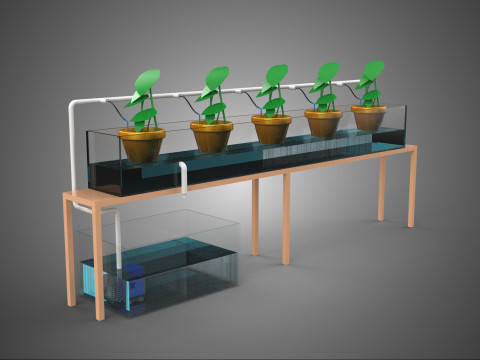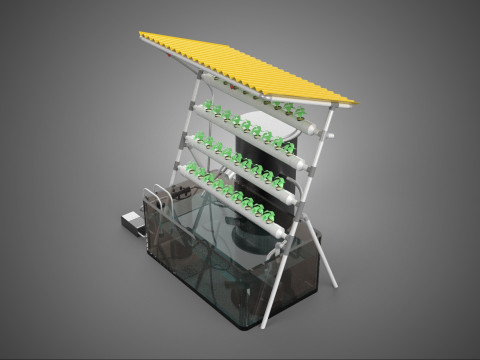PLANT CROP FARM CULTIVATION FACTORY LAYOUT IOT SOLAR POWERED NFT 3D मॉडल
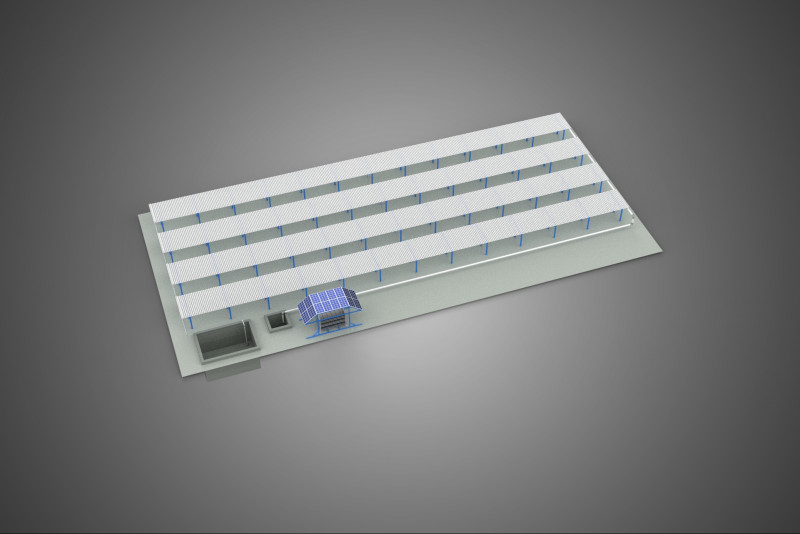
- उपलब्ध फ़ॉर्मेट्स: 3D Studio (.3ds) 9.81 MBBlender3D (.blend) 31.92 MBCollada (.dae) 59.31 MBAutodesk AutoCAD (.dwg) 34.72 MBGLB (.glb / .gltf) 11.51 MBIGES (.iges) 21.59 MBRhinoceros (.3dm) 164.59 MBAutodesk FBX (.fbx) 68.13 MBAutodesk 3DS MAX (.max) 151.90 MBWavefront OBJ (.obj) 33.66 MBACIS(.sat) 117.32 MBSketchUp (.skp) 28.98 MBSTEP (.step) 43.05 MBStereolithography (.stl) 26.61 MB
- बहुभुज:3693824
- वर्टिसिस:3548403
- एनिमेटेड:No
- टेक्सचर:No
- रिग्ड:No
- सामग्रियां:
- लो-पॉली:No
- कलेक्शन:No
- UVW मैपिंग:No
- इस्तेमाल किए गए प्लगइन्स:No
- प्रिंट के लिए तैयार:No
- 3D स्कैन:No
- एडल्ट कंटेन्ट:No
- PBR:No
- एआई प्रशिक्षण:No
- ज्यामिति:Poly NURBS
- खुला हुआ UVs:Unknown
- व्यूस:40
- तिथि: 2025-10-13
- आइटम ID:605038
High-quality 3D assets at affordable prices — trusted by designers, engineers, and creators worldwide. Made with care to be versatile, accessible, and ready for your pipeline.
Included File Formats
This model is provided in 14 widely supported formats, ensuring maximum compatibility:
• - FBX (.fbx) – Standard format for most 3D software and pipelines
• - OBJ + MTL (.obj, .mtl) – Wavefront format, widely used and compatible
• - STL (.stl) – Exported mesh geometry; may be suitable for 3D printing with adjustments
• - STEP (.step, .stp) – CAD format using NURBS surfaces
• - IGES (.iges, .igs) – Common format for CAD/CAM and engineering workflows (NURBS)
• - SAT (.sat) – ACIS solid model format (NURBS)
• - DAE (.dae) – Collada format for 3D applications and animations
• - glTF (.glb) – Modern, lightweight format for web, AR, and real-time engines
• - 3DS (.3ds) – Legacy format with broad software support
• - 3ds Max (.max) – Provided for 3ds Max users
• - Blender (.blend) – Provided for Blender users
• - SketchUp (.skp) – Compatible with all SketchUp versions
• - AutoCAD (.dwg) – Suitable for technical and architectural workflows
• - Rhino (.3dm) – Provided for Rhino users
Model Info
• - All files are checked and ****ed for integrity and correct content
• - Geometry uses real-world scale; model resolution varies depending on the product (high or low poly)
• • - Scene setup and mesh structure may vary depending on model complexity
• - Rendered using Luxion KeyShot
• - Affordable price with professional detailing
Buy with confidence. Quality and compatibility guaranteed.
If you have any questions about the file formats, feel free to send us a message — we're happy to assist you!
Sincerely,
SURF3D
Trusted source for professional and affordable 3D models.
More Information About 3D Model :
A "Plant Crop Farm Cultivation Factory Layout IoT Solar Powered NFT" system represents a sophisticated, integrated paradigm within Controlled Environment Agriculture (CEA), designed for high-efficiency, sustainable, and automated plant production. This comprehensive concept describes a highly optimized facility where specific plant crops are cultivated under precisely controlled conditions, leveraging advanced technology and renewable energy sources.
**Core Concept: Cultivation Factory**
At its essence, this system operates as an industrialized "cultivation factory." This model deviates from traditional open-field agriculture by enclosing the entire gro***g process within a structure, often a vertical farm or a specialized greenhouse. The factory approach emphasizes industrial-scale production, precision control over the gro***g environment, and high-density planting to maximize yield per unit area. This necessitates meticulous regulation of parameters such as temperature, humidity, carbon dioxide (CO2) levels, and light intensity/spectrum to create ideal, consistent conditions year-round, irrespective of external climate, enabling continuous growth cycles and multiple harvests.
**Cultivation Method: Nutrient Film Technique (NFT)**
The primary hydroponic cultivation method employed is the Nutrient Film Technique (NFT). In an NFT system, plants are typically housed in channels or troughs, where their roots are exposed to a shallow, continuous flow of nutrient-rich water. This thin film, usually several millimeters deep, delivers all essential macro and micronutrients while ensuring adequate oxygenation to the root zone, preventing anoxic conditions. NFT is highly efficient in water and nutrient utilization, significantly reducing consumption compared to soil-based farming. It is particularly well-suited for fast-gro***g leafy greens, herbs, and certain smaller fruiting crops, benefiting from optimal oxygen supply and straightforward nutrient management. The modular design of NFT channels also contributes to efficient space utilization within the factory layout.
**Layout Design and Optimization**
The "Layout" component is paramount for operational efficiency and productivity. It involves the strategic arrangement of all physical elements within the cultivation factory. Key design considerations include:
1. **Zoning**: Distinct areas are delineated for different growth stages (e.g., germination, propagation, vegetative growth, flowering, harvesting, processing, packaging) to optimize environmental conditions and workflow.
2. **Vertical Stacking**: Often, a multi-tiered or vertical farming approach is integrated to maximize the gro***g area within a constrained footprint, enhancing the "factory" model.
3. **Infrastructure Integration**: Seamless incorporation of irrigation systems, nutrient reservoirs, HVAC (Heating, Ventilation, and Air Conditioning) units, CO2 enrichment systems, LED lighting arrays, and automated material handling systems.
4. **Workflow Ergonomics**: Designing logical paths for plant movement, personnel access, and material flow to minimize labor and maximize throughput.
5. **Scalability and Modularity**: The layout is frequently designed to be scalable for future expansion and modular to facilitate easy maintenance or component replacement.
**Technology Integration: Internet of Things (IoT)**
The "IoT" aspect transforms the cultivation factory into an intelligent, data-driven system. A network of interconnected sensors, actuators, and computing devices monitors and controls every critical parameter in real-time.
* **Sensors**: Deployed to measure environmental conditions (air temperature, humidity, CO2 concentration, light intensity, Photosynthetically Active Radiation (PAR)) and nutrient solution parameters (pH, Electrical Conductivity (EC), dissolved oxygen, water temperature). Advanced sensors may also monitor plant physiological responses.
* **Actuators**: These devices respond to data inputs by adjusting environmental controls. Examples include automated nutrient dosing pumps, irrigation valves, LED lighting systems with variable intensity and spectrum, HVAC units, fans, and CO2 injectors.
* **Data Analytics and Control**: Centralized IoT platforms collect and analyze extensive datasets. This enables predictive modeling for optimal growth recipes, automated anomaly detection, resource optimization (e.g., precise nutrient delivery, optimized lighting schedules), and remote monitoring and control by operators via dashboards and mobile applications. This level of automation reduces human error, optimizes resource usage, and ensures consistent product quality.
**Sustainable Energy: Solar Powered**
The "Solar Powered" designation underscores the system's commitment to sustainability and reduced environmental impact. Photovoltaic (PV) solar panels serve as the primary energy source, converting sunlight directly into electricity to power all operations.
* **PV Array**: Large-scale solar panel installations are designed to meet the significant energy demands of LED lighting, climate control, pumps, and automation systems.
* **Energy Storage**: Battery energy storage systems (BESS) are typically integrated to store surplus solar energy generated during peak sunlight hours. This ensures continuous operation during periods of low solar irradiance (e.g., night, cloudy days) and provides energy resilience, potentially reducing reliance on the grid or enabling off-grid operation.
* **Grid Integration**: In many instances, the solar-powered system may be grid-****, allo***g for energy exchange with the national grid (feeding excess power back or dra***g from the grid when solar generation is insufficient), further enhancing energy security and efficiency. The adoption of renewable energy significantly lowers the carbon footprint associated with crop production, aligning with global sustainability objectives.
अगर आपको किसी अलग फ़ॉर्मेट की जरूरत है, तो कृपया हमें कन्वर्शन अनुरोध भेजें। हम 3D मॉडल को इसमें कन्वर्ट कर सकते हैं: .stl, .c4d, .obj, .fbx, .ma/.mb, .3ds, .3dm, .dxf/.dwg, .max. .blend, .skp, .glb. हम 3D दृश्यों को कन्वर्ट नहीं करते हैं और .step, .uges, .stp, .sldprt जैसे प्रारूप।!


 English
English Español
Español Deutsch
Deutsch 日本語
日本語 Polska
Polska Français
Français 中國
中國 한국의
한국의 Українська
Українська Italiano
Italiano Nederlands
Nederlands Türkçe
Türkçe Português
Português Bahasa Indonesia
Bahasa Indonesia Русский
Русский हिंदी
हिंदी